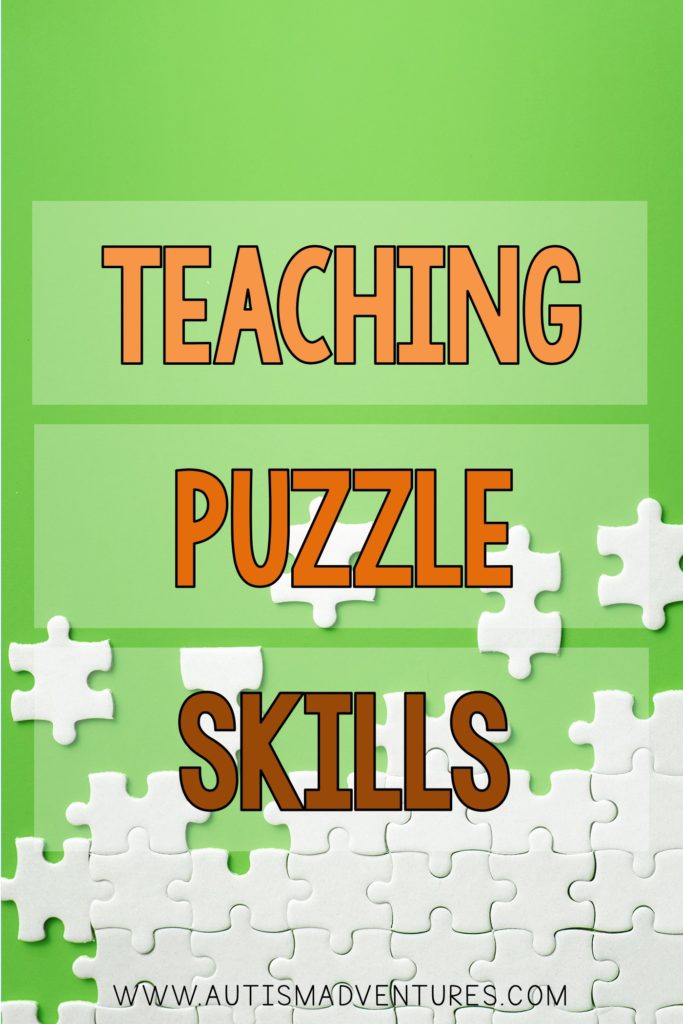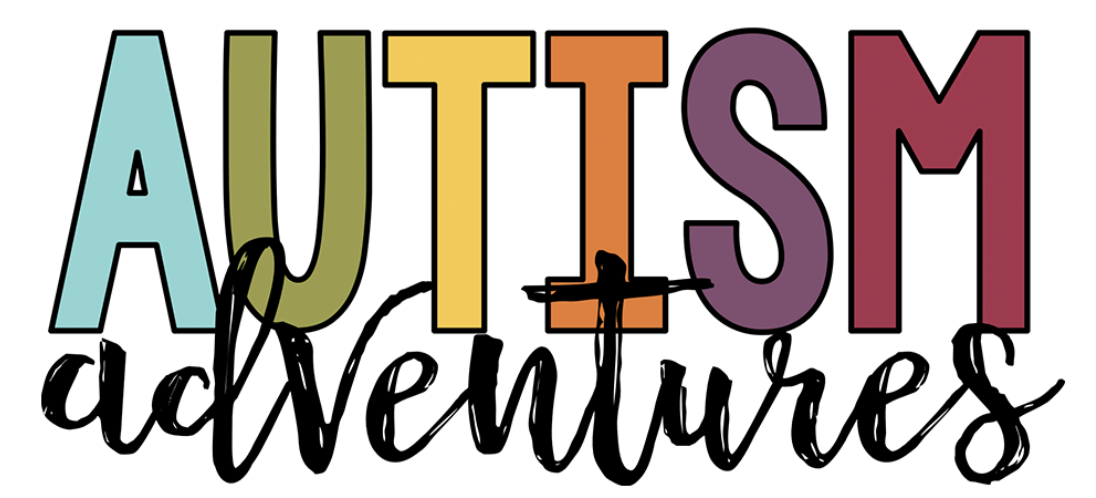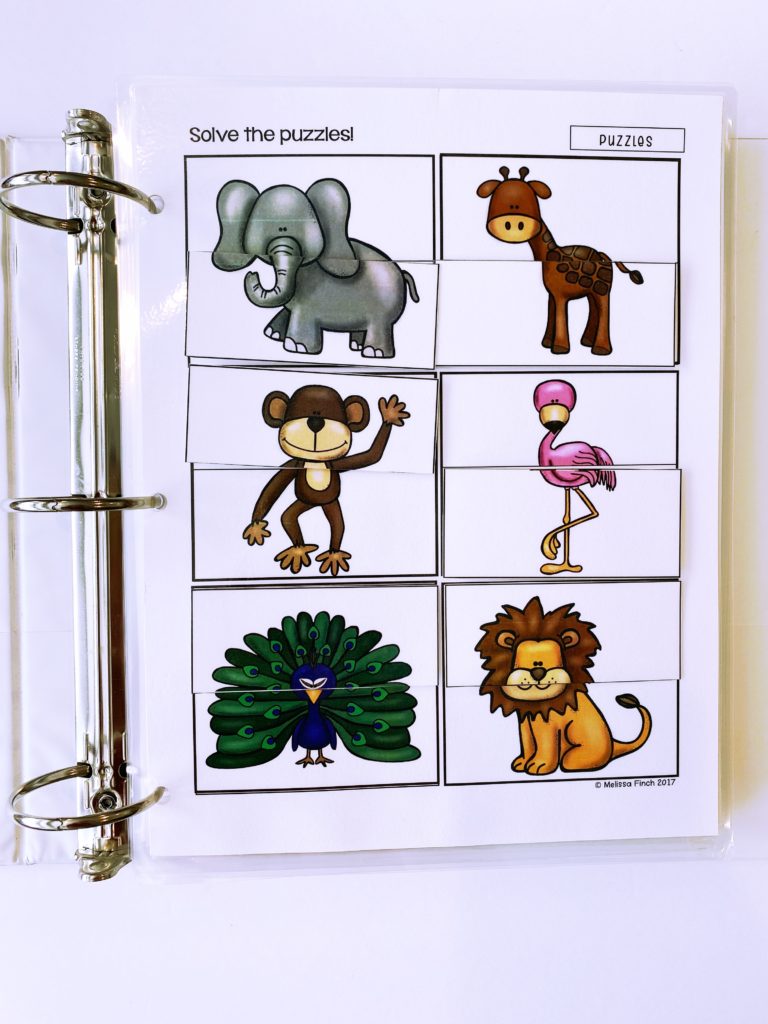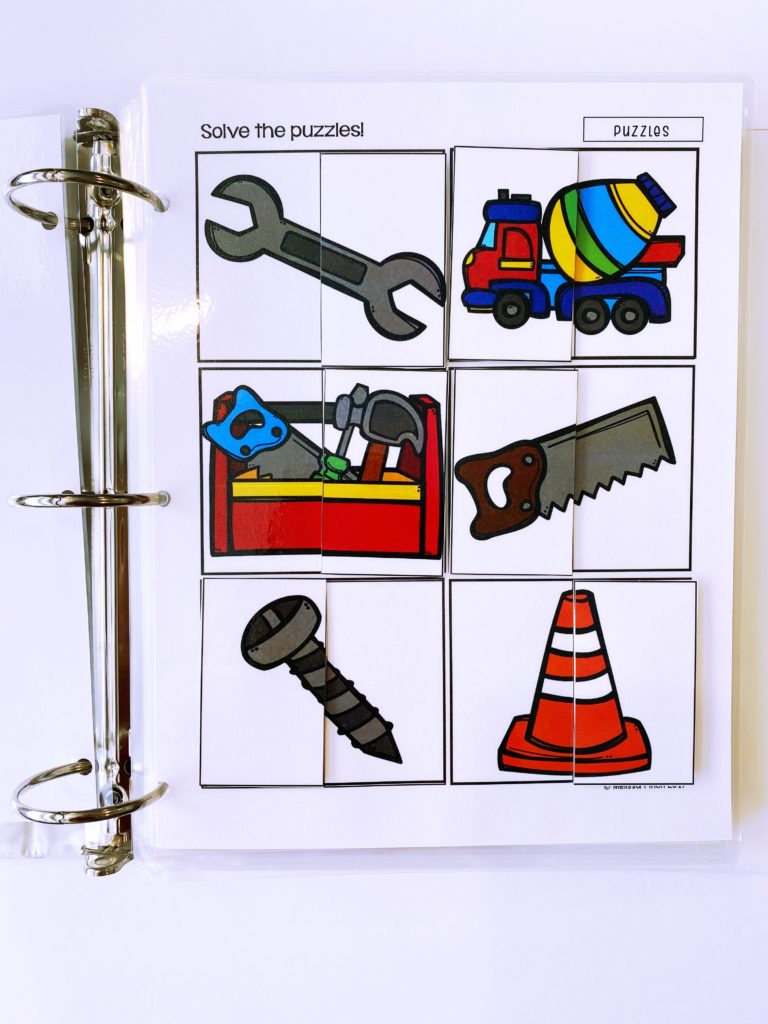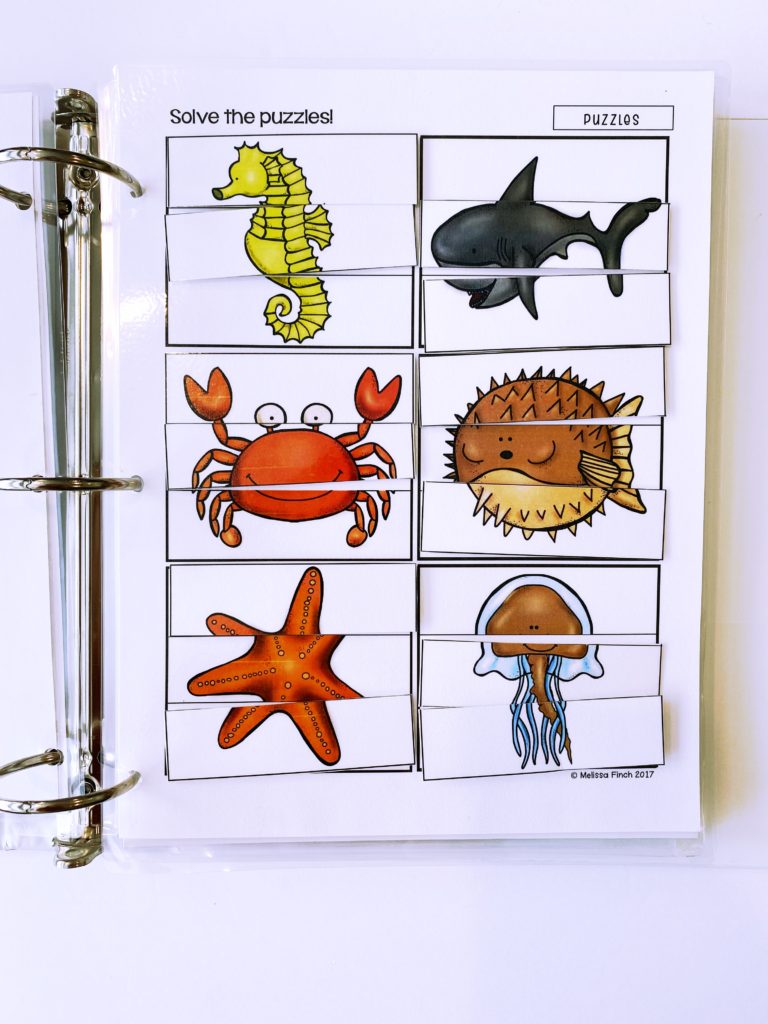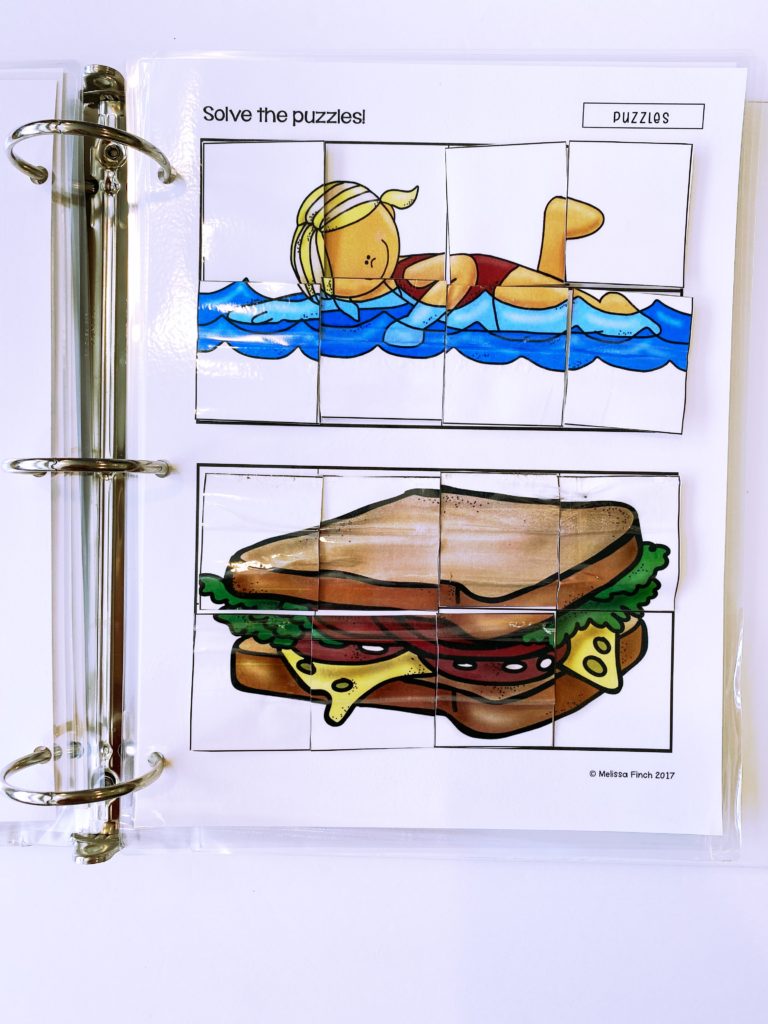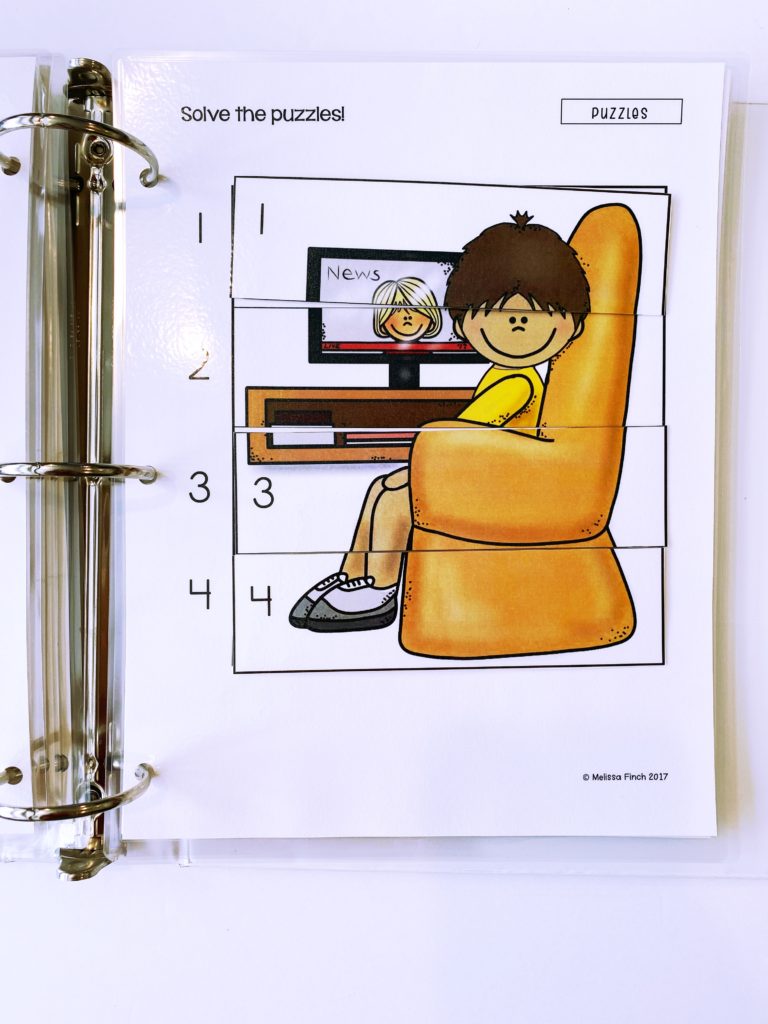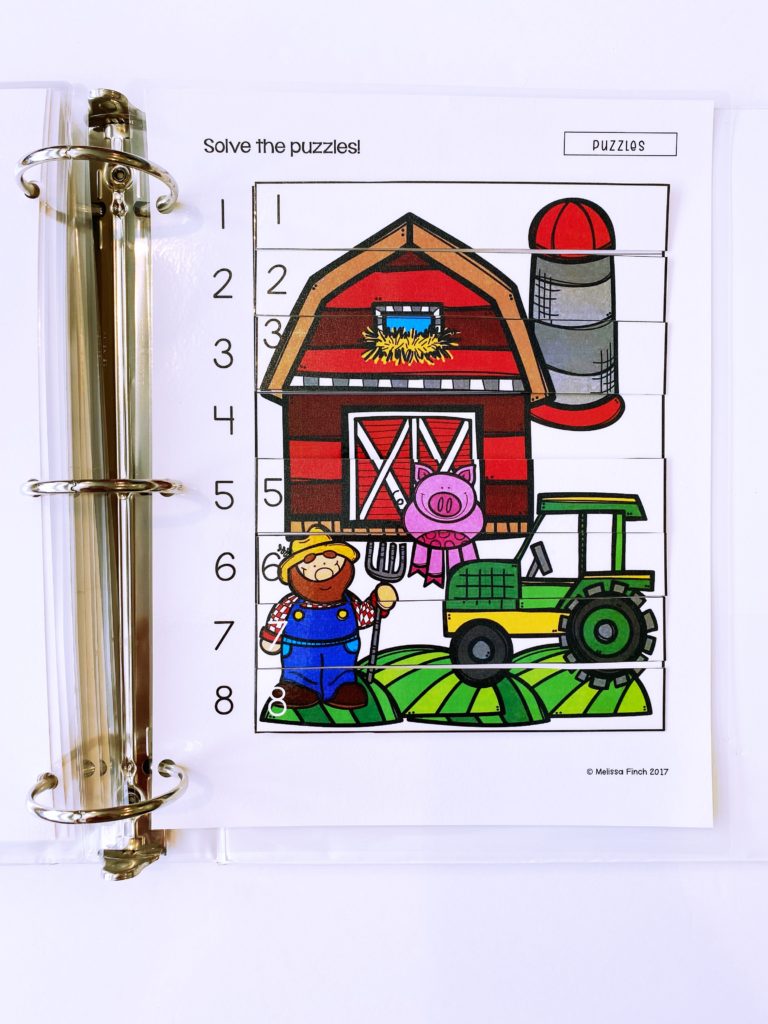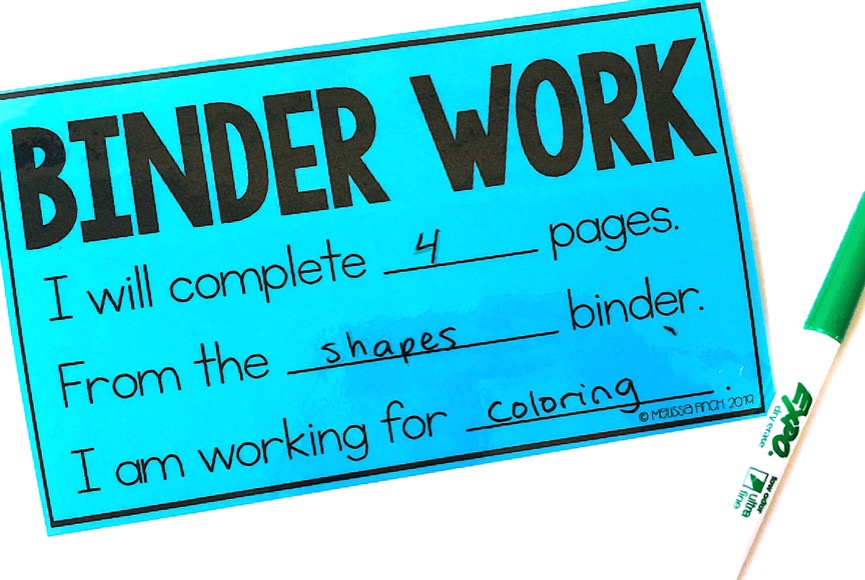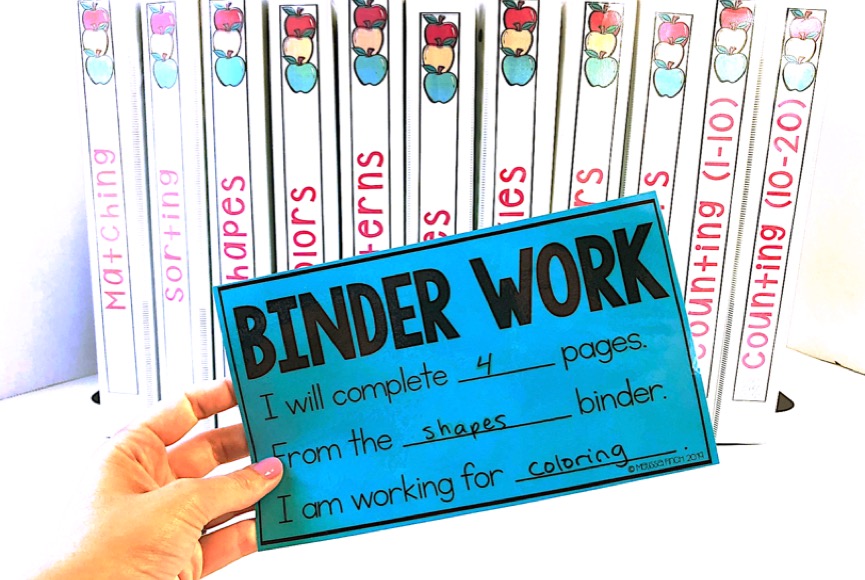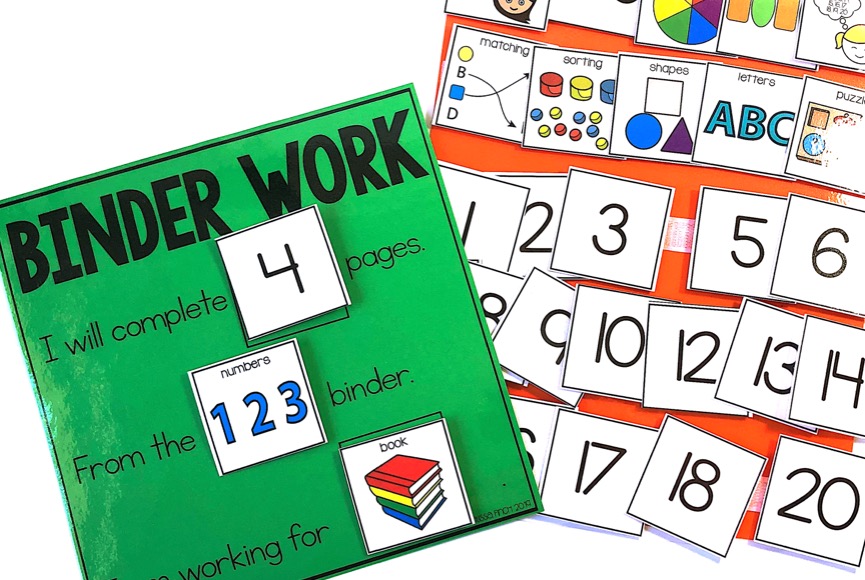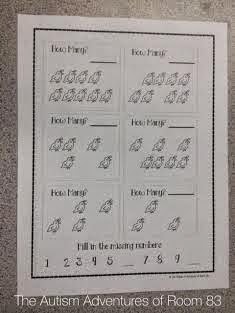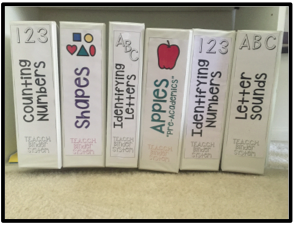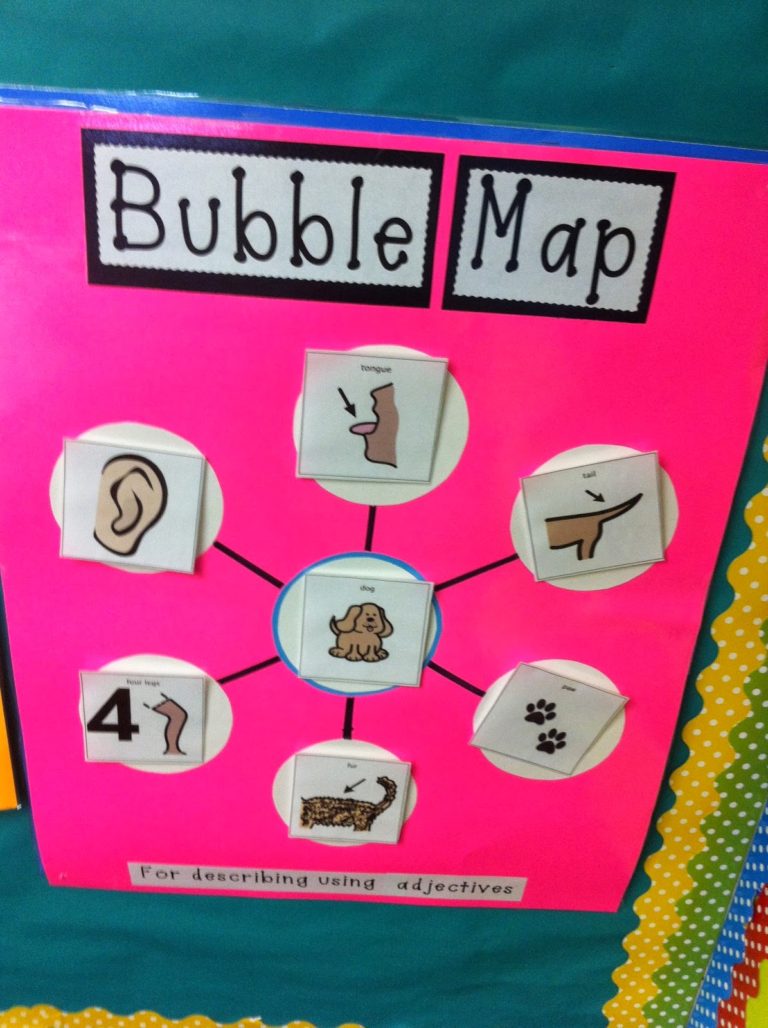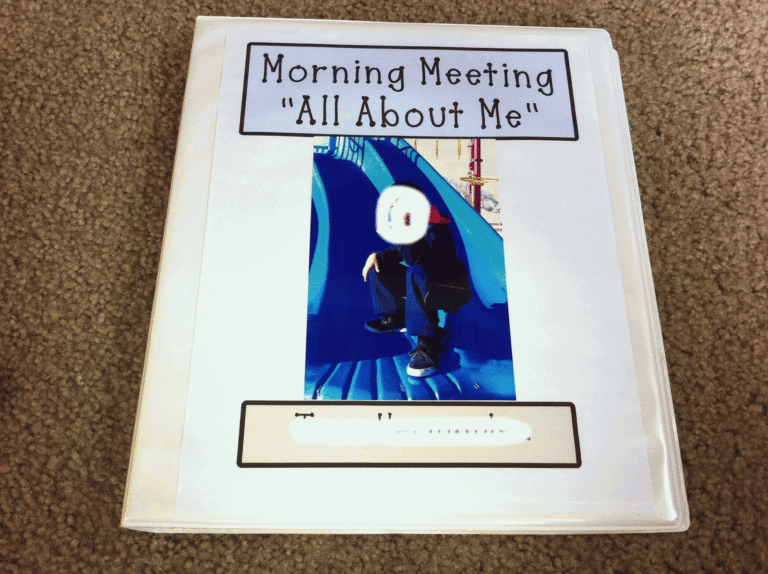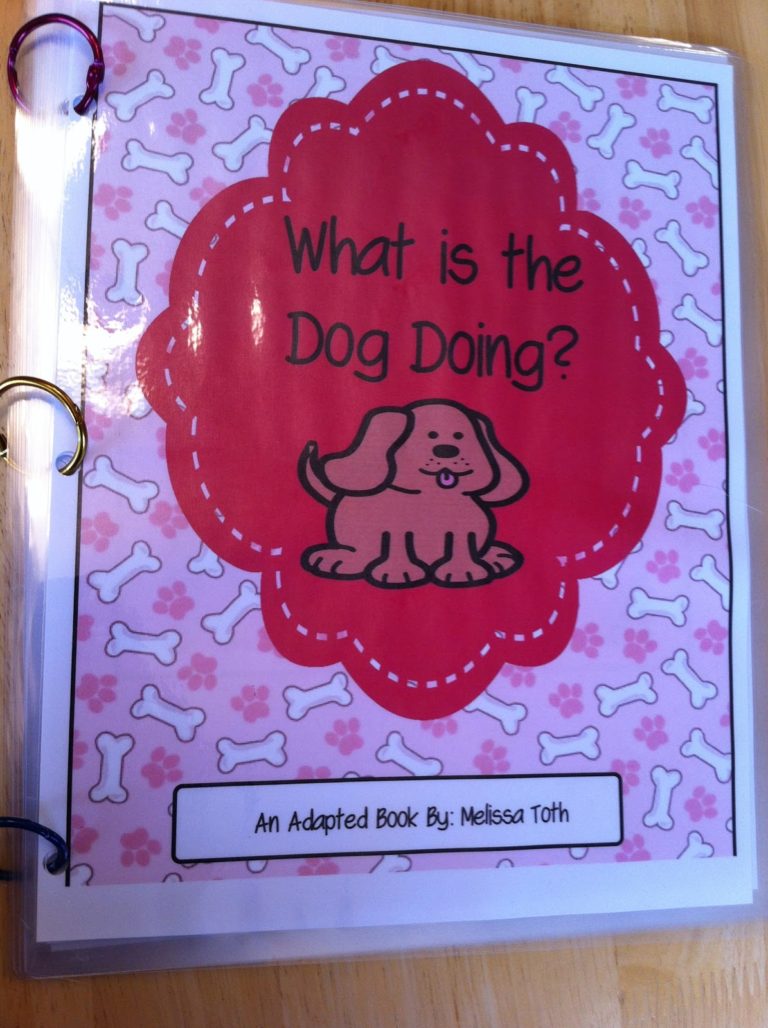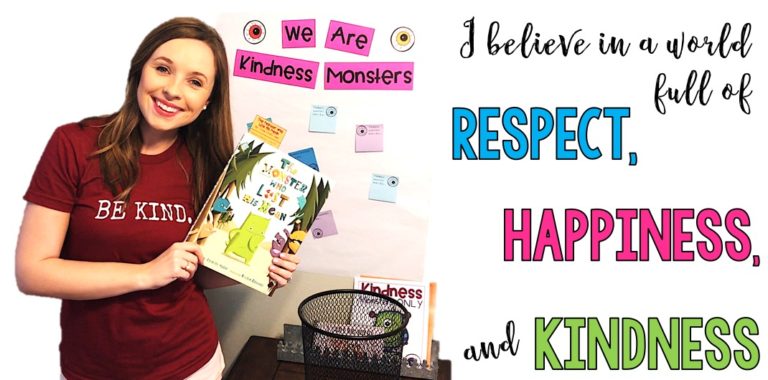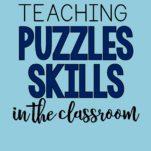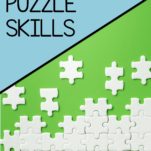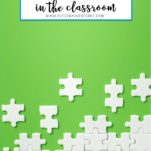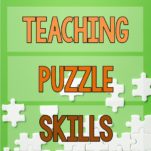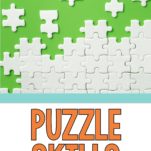Teaching Puzzle Skills in the Classroom
Teaching basic skills is so important in any classroom. Teaching basic skills can be fun, hands on and educational all at the same time. Today’s blog post I am going to be talking all about puzzle skills in the classroom, and why these skills are a crucial basic skill for students.
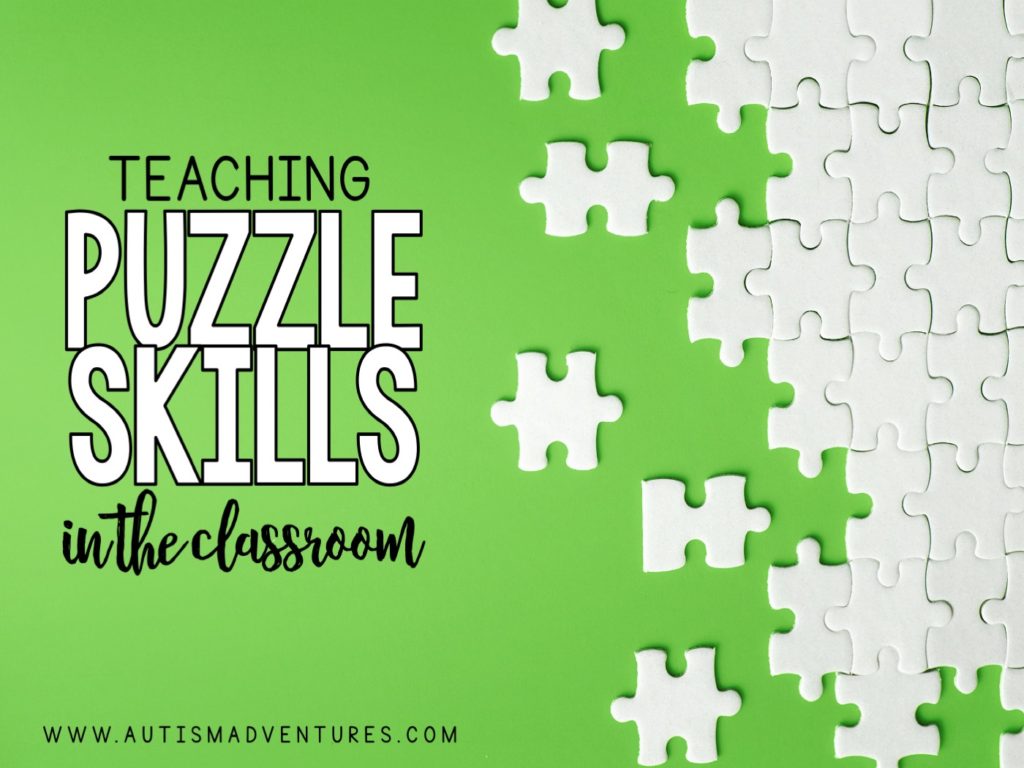
* This post may contain affiliate links. This means that if you click and end up purchasing, you pay no extra cost, but I earn a small fee for referring you.
Benefits of Mastering Knowledge of Puzzles
Puzzles are a mainstay in many classroom, particularly in preschool and in the early grades. Puzzles may come in many forms; we often provide young children with jigsaw puzzles or puzzles that require them to insert geometric figures into the appropriate holes. As children progress into the elementary grades and beyond, they enjoy pencil-and-paper puzzles – mazes, hidden pictures, connect-the-dots, word searches, and crossword puzzles.
Children experience so many benefits when doing puzzles. They develop both fine and gross motor skills as they require increasingly precise work, and they enhance their hand-eye coordination. They also develop visual discrimination skills, as they look at pieces to determine whether they may or may not fit in a particular spot. Finally, children who do puzzles tend to develop better spatial skills than children who don’t.
How Completing Puzzles Leads to Real-World Learning
Completing puzzles develops skills that translate well outside of school – in the “real world.” Increased memory capacity and the ability to concentrate are not simply skills that benefit children in school. Also, puzzling involves patience and goal-setting, which are helpful in all areas, from child-rearing to teaching to being a CEO.
People who are good at puzzles have many career opportunities, primarily because puzzling is a type or problem-solving, and problem solvers are valuable in all career fields. Specifically, “puzzlers” are often found in the fields of engineering, architecture, business or data analytics, and similar area.
Activities to Build Understanding of Puzzles in the Classroom
Puzzle pieces for young children often have pegs on them; young children need those to move the pieces around as they develop fine motor skills. Children quickly move on to puzzles that do not have pegs on the pieces but have individual spaces for each piece to go. As children mature, they develop the skills needed to put puzzles together without those visual cues.
Read on to learn a half-dozen puzzle activities to do with kids!
1. Photo Puzzles
As each child arrives in the classroom on the first day of school, take a photo. Print the photos later that day and cut each photo into the number of pieces to make an age-appropriate puzzle (3-4 pieces for young children; 5-6 or more for older children). Store each puzzle in an envelope. Teacher tip: In pencil, write the child’s initials lightly on the inside flap of the envelope, so you don’t have to put each puzzle together later to determine who it is! The next day, leave the envelopes on the children’s desks. They can “put themselves together” as a warm-up activity. The next day, mix the envelopes up and leave them on the children’s desks. They can put the puzzles together to see which friend’s puzzle they have.
2. DIY Puzzles
If your classroom budget won’t allow for purchasing many puzzles, it is easy (and inexpensive!) to make them on your own. One way to do that is to collect pictures – out of magazines or printed out from an online source. Glue the picture to a thin piece of cardboard (rubber cement works really well for this purpose); let it dry, then cut the cardboard into pieces. You can store these in zip-lock bags or envelopes. This is also a great way of incorporating student interests into puzzle activities.
3. Popsicle Stick Puzzles
Puzzles can also be created easily with popsicle sticks. Select a number of popsicle sticks (3-4 for younger children, 5+ for older children). Lie them flat, right next to each other. Draw and color an object on the popsicle sticks (an apple, a frog, etc.) – just one object that goes across all of the popsicle sticks. The children will need to arrange the popsicle sticks to create the picture. Creating these puzzles is a fun rainy-day activity for older children, by the way!
4. Content Puzzles
You can create content puzzles using large index cards or sentence strips. Any content that you teach to children that could be used as a matching question or activity can be put on these puzzles. Simply draw/write and cut apart! For example:
- Number word – numeral
- Spot of color – color word
- State – capital
- Addition fact – answer
- Analog clock – digital time
5. Picture Book Puzzles
Find picture books at a garage sale; you can buy the for the change in your pocket and it doesn’t even matter if the books aren’t in great shape. Pull out pages with the most vivid pictures. Laminate the pages, then cut them into pieces. Store in zip-lock bags or envelopes.
5. Tangram Puzzles
Tangrams are an ancient Chinese puzzle. It is a square made of 7 specific shapes. The 7 pieces, or tans, can be used to make different shapes. You can find puzzle cards online that students can use to make shapes (a duck, a house, etc.) or they can use the tans to create their own shape.
Puzzle Binder Tasks
I am a huge believer in binder tasks and file folder activities in the classroom. They may require a lot of prep in the beginning, but offer so many benefits for years to come.
This Binder Work System focuses on puzzle tasks! There are 50 interactive pages that can be used to practice solving puzzles. A wide variety of puzzle activities are included to meet the needs of all of your students! All of these binder task activities are non-seasonal, meaning they can be used year round!
This bundle includes:
The Binder work system is great for early childhood programs, special education programs or autism classrooms/programs. The Binder Work system was designed to create a systematic routine system for students to work independently on already mastered skills that they learn at the math, reading, and writing centers/classes. This can be an every day work center/rotation within your classroom that requires no planning. To learn more about organizing and storing binder tasks, read this blog post HERE.
If you are looking for some free binder task visuals, click on the images below or read this old blog post HERE.
This product can be used 3 different ways:
- Print, laminate and assemble in binders for reusable interactive work tasks
- Assemble into file folder activities
- Print and use as cut and paste worksheets for extra practice/fillers
Puzzle Activities
Below are some great games to practice puzzles in the classroom! These are all available on Amazon and most are also available at common places like teacher supply stores, Target and Walmart!
In Summary
Puzzles can create endless hours of entertainment for children and they promote many skills that are generalized into all areas of learning. Consider having a puzzle center in your classroom that students can go to frequently.
Like what you read? Don’t forget it, PIN IT!
